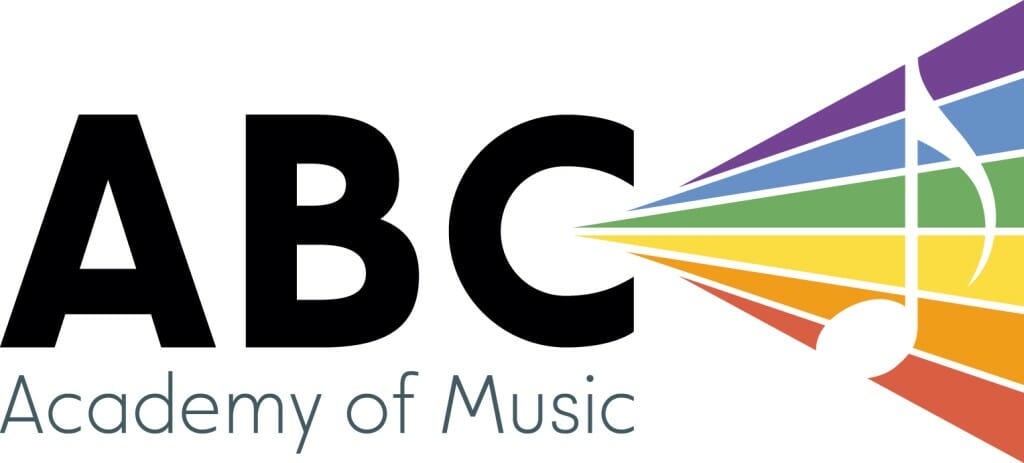Maria
Home Run – opening line fix 1st and 3rd bar rhythm, the E with the accent should be the longest note creating a short-long-short rhythm. In lines 3 and 4, fix the syncopation. Your LH will always play on the strong beats (1 and 3), while your RH often plays on the “and of 2” so just before beat 3. Listen here if you need reminding.
Etude in D minor – great note reading! Bring out bottom note to create a kind of melody. If you play just the bottom notes throughout, you will be able to hear the harmonic progression. Try blocked practice, either blocking all 4 notes (with the correct hands playing their notes with correct fingering), or have the LH loudly play the bottom note and the RH take the other 3 notes quieter, so you can get used to how it sounds.
*New* Etude in D Major – Articulation is so important here, so go slow and be really picky. Hands separate practice. Notice the accents on the upbeat, and resist the urge to thump the thumb on the staccato notes. Your thumb is a very strong finger so it will take effort to play these light detached.
Shakira
My Invention – landmark notes practice. To practice this, you have choices:
1. with the piano (regardless of if it produces sound) locate the correct notes (F for LH. C with RH thumb and G with RH pinky) and then play it with the correct rhythms while saying the note names aloud.
2. look at the sheet music while sitting at a table. Place your hands approximately the same distance apart as they would be at the keyboard. LH middle finger (finger 3) should tap the table to do the F notes, and then RH thumb (finger 1) for C and RH pinky (finger 5) for G. The fleshy part of your finger is what is “playing” the key. Say the note names aloud as you play.
4four.io – This is an amazing website with rhythm and notation resources I love! This week, run this exercise to drill your landmark notes. (I wish I could make it only have the 3 notes we’re learning, but due to how you program in the note ranges, it will include a G just above your landmark F in the bass clef, as well as the F just below your landmark G in the treble clef, oh well. Bonus notes for your brain!)
The website also has a lovely “Gentle Start” button (on the homepage. Click the top left corner to get to the homepage) that will teach you note types gradually. I highly recommend you check that out :) digital resources are our friends! Website works great on mobile or desktop.
Noreet
The Spook LH – this piece is in D position and uses only your LH. Focus on keeping each of your fingers on one white key each and keeping them their so muscle memory can help you. The notes that have a beam connecting them are called 8th notes and 2 of them is equal to 1 quarter note. (If you lose the paper, print another here if possible)
Ferris Wheel – page 1 is your homework this week. Notice the phrase markings (curved lines) connecting some of the notes together even when they go from RH to LH? Create a smooth sound by using your walking legato fingers to eliminate any holes in the sound.
C Major Scale RH – This scale fingering I have taught you will stay the same even when you play scales starting on different notes.
123 12345 is the fingering. Your hand will look like a crab moving laterally up the keys, even you tuck your thumb under, it shouldn’t be a big movement and should feel easy. If the palm of your hand aches when you do this thumb under motion, you are too tense or staying in that cramped position for too long without opening up.
Gerardo
Home Run – great work! For the smooth section (lines 3 and 4) just focus on getting the LH super solid by itself so that when you layer the melody overtop the coordination is accurate. The RH syncopated notes will fall before the LH plays on beat 3.
*New* Infinity Session – This pieces LH movement is similar to the harmonic progression of The Swing, however this uses accidentals rather than a key signature. When doing the repeated notes with the LH thumb, be careful not to thud/play too loudly, especially since its on beats 2 and 3 (weak beats in 3/4 time).
